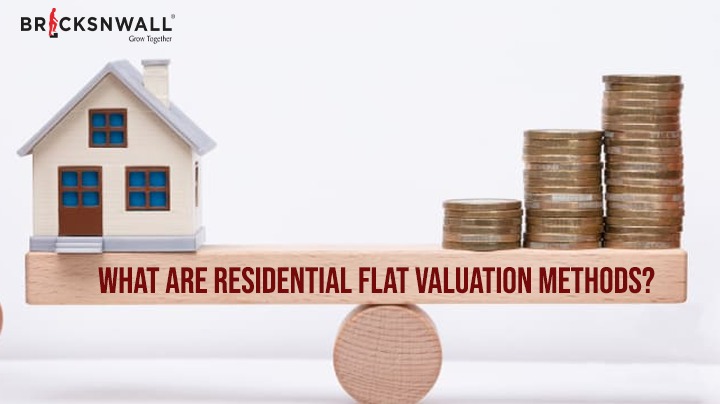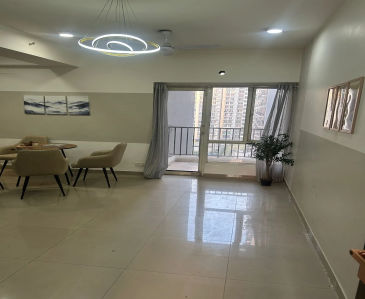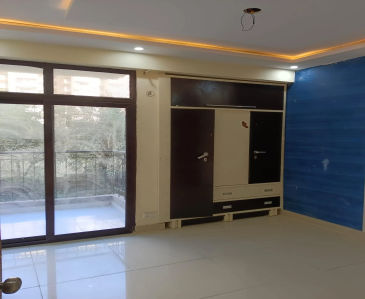What are residential flat valuation methods?
Bricksnwall Trusted Experts

Introduction:
Residential
flats are one of the most popular types of real estate properties. Valuing
residential flats is important for a variety of reasons, including:
1. Taxation purposes,
2. Financing,
3. Insurance and property
transfer.
There
are various methods of valuing residential flats. Each with its advantages and
disadvantages.
Comparative
Market Analysis (CMA):
This
method is one of the most popular methods for valuing residential flats. This
method involves comparing the subject property with similar properties recently
sold. The CMA method takes into account factors such as:
1. Location,
2. Size,
3. Age and amenities of the
subject property and
4. Compares it with similar
properties that have sold recently.
Advantages
of the CMA method:
1. It is a straightforward
method.
2. It relies on actual market
data from recent sales, making it more accurate.
3. It can take into account
the unique features of the subject property.
Disadvantages
of the CMA method:
1. It may not account for
changes in the market since the comparable sales were made.
2. It may not take into
account subjective factors such as:
3. the condition of the
property or
4. the motivations of the
buyers and sellers.
Income
Approach:
The
Income Approach is another used method for valuing residential flats. This
method is based on the potential income that the property can generate. This is
where the value of the property is determined by the net income that it can
generate.
Advantages
of the Income Approach:
1. It is useful for rental
properties and can provide accurate valuation figures.
2. It takes into account the
market demand for rental properties in the area.
3. It can be adjusted for
changes in the market, such as fluctuations in rental rates.
Disadvantages
of the Income Approach:
1. It may not be appropriate
for owner-occupied properties. The reason is that the value is based on
potential income and not actual market data.
2. Up-to-date information on
rental rates and occupancy rates is needed. This is something which may not
always be available.
Cost
Approach:
A
method estimating the value of a property based on the cost of reproducing or
replacing it. This method takes into account:
1. The cost of the land,
2. The cost of construction
and any depreciation that may have occurred.
Advantages
of the Cost Approach:
1. It can be useful for new or
custom-built properties.
2. It provides a baseline
value for the property based on the cost of construction.
Sales
Comparison Approach:
This
approach is like the CMA method but is used for valuing residential flats that
are being sold. Subject property comparison is done with properties recently
sold in the same area.
Advantages
of the Sales Comparison Approach:
1. It is useful for valuing
properties that are currently on the market.
2. It takes into account the
unique features of the subject property.
3. It provides an accurate valuation
based on recent market data.
Disadvantages
of the Sales Comparison Approach:
1. It may not take into
account subjective factors such as;
2. the condition of the
property or
3. the motivations of the
buyers and sellers.
Conclusion:
In conclusion, valuing residential flats is an important part of the real estate industry. There are various methods of valuing residential flats. Each being subjected to various pros and limitations.




